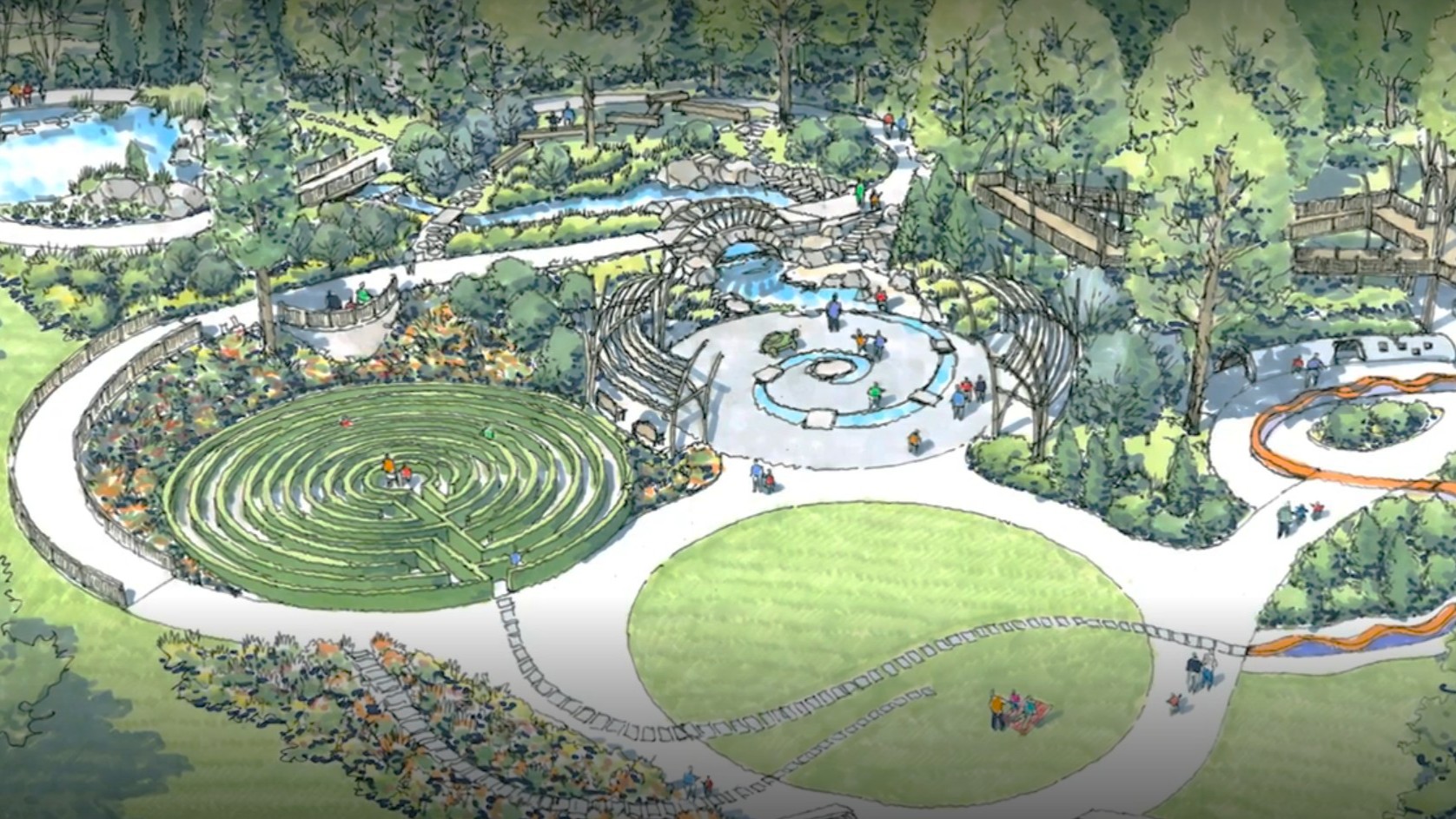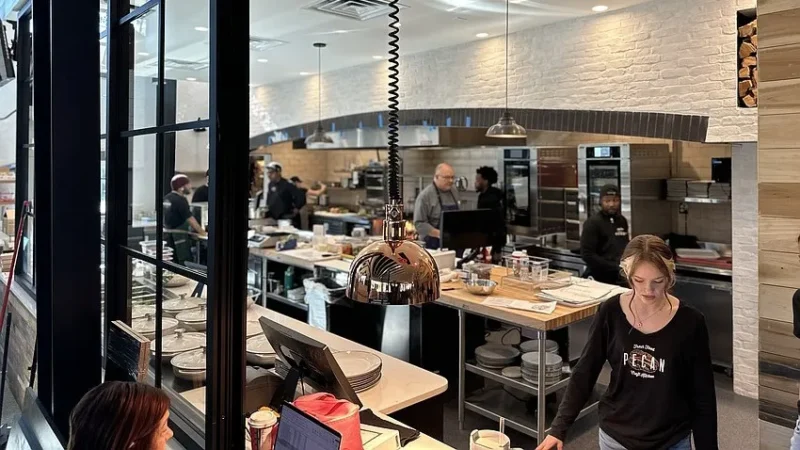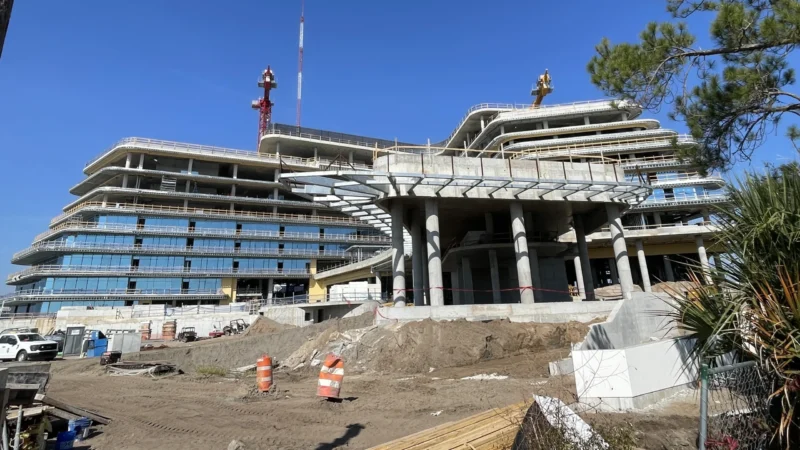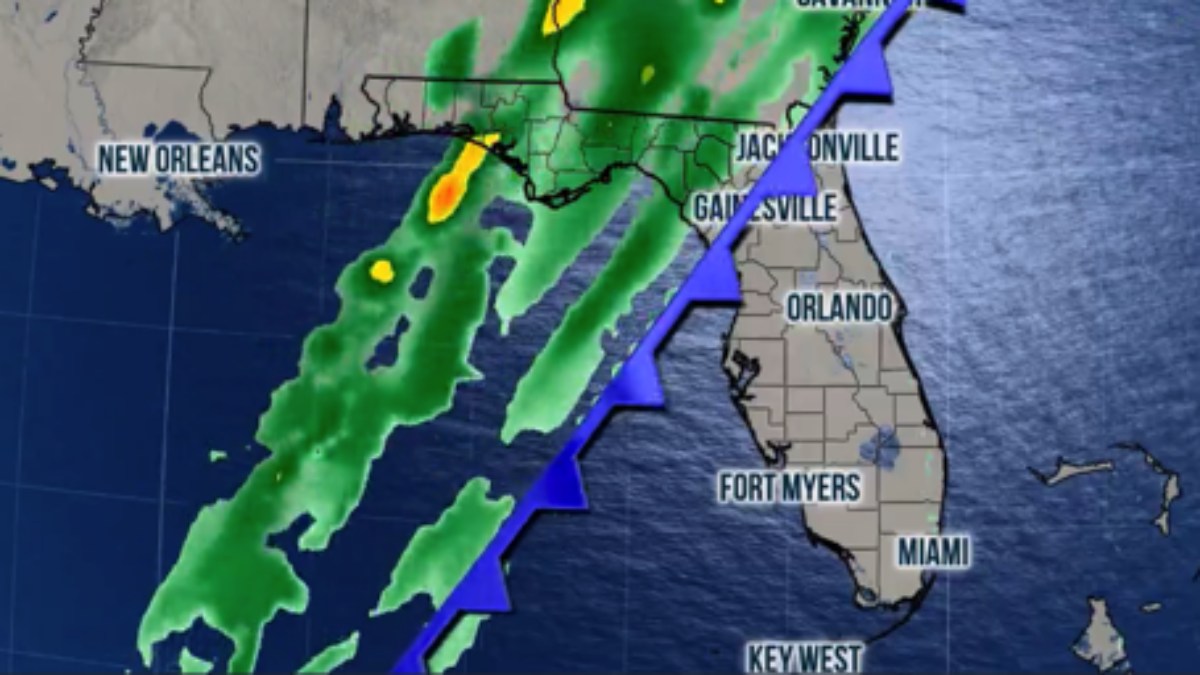It will have a waterfall, a rock climb and a toddler Puddle Play area.
And when the Jacksonville Arboretum and Botanical Gardens‘ new Children’s Garden opens in the next few years, it also will have a tree house, rope bridges and a boardwalk in the center of the 134-acre preserve in Arlington.
Arboretum officials confirmed that the final schematic design for the children’s garden is due in May. The facility will be the first part of a core garden that will eventually be built around the central 2-acre lake as part of a master plan.
“We are only inhabiting for our event and botanical garden area — 18 to 20 of the 134 acres,” Executive Director Dana Doody said Thursday during an annual meeting at WJCT Studios. “So we will still always be very caregiving to our trails and trying to provide a snapshot of what Florida looked like prior to development. That’s always going to be important to us. … It’s really about making sure that it sits in the right place on the property; that it is going to be something that will be educational.”
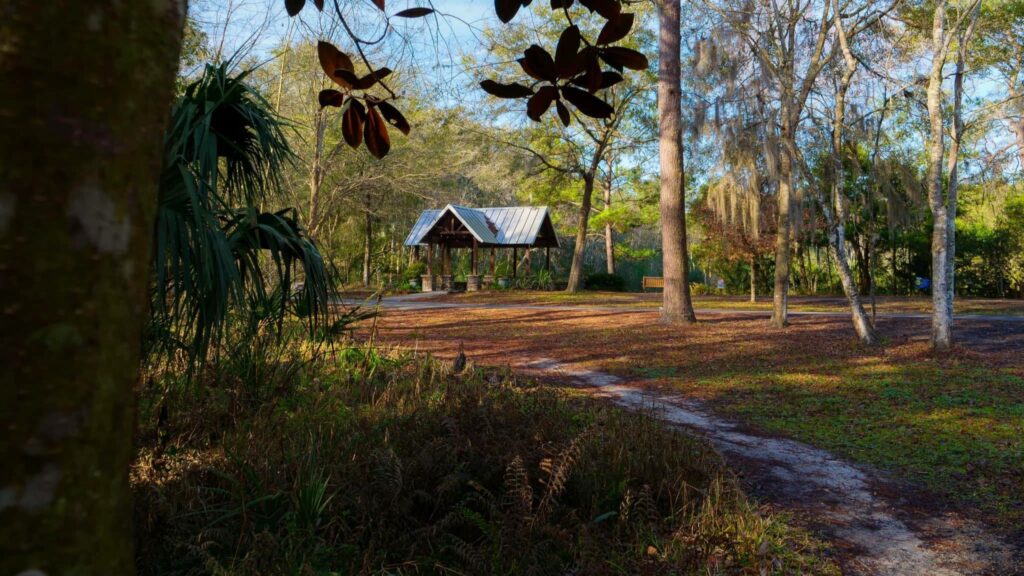
The arboretum, at 1445 Millcoe Road, has seven natural trails through 13 ecosystems, including one that circles the 2-acre lake and another near Jones Creek.
The land was originally owned by the Jacksonville, Mayport & Pablo Railroad in the late 1800s and was used for mineral mining in the 1940s through 1960s. The city bought the land in the 1970s as a natural buffer between a new wastewater treatment plant and neighborhoods, according to the arboretum.
A citizen proposal to convert the land into an arboretum and public garden arose in 2003. In 2004, the Jacksonville Arboretum & Botanical Gardens was created as a nonprofit organization and leased the property. Volunteers crafted the trails and facilities that greeted its public opening on Nov. 15, 2008, and visitors now pay a $3 admission fee to access its winding trails, gardens and different ecosystems.
As part of the annual meeting, titled “Seeding Jacksonville,” board members, volunteers and guests got a snapshot of last year. The venue attracted 147,000-plus visitors in 2024, with 21,358 people at its Christmas Glowing Gardens event. Its volunteers put in over 3,400 hours of work maintaining the trails and facilities. Admission fees generated $147,048 last year, while the arboretum received $1.3 million in grants.
Doody said every dollar donated is now matched by the Delores Barr Weaver Legacy Fund, up to $100,000, to support improving the gardens and plant collections and increasing accessibility to the trails.
Now comes the next phase for what Doody calls Jacksonville’s “central oasis,” with development of a core garden master plan with multiple features that includes the children’s garden as the first piece. That would give the arboretum the first part of a botanical garden feature like other major city preserves have.
“I want this city to have an actual botanical garden that is developed for families and children,” Doody said. “We partner very well with others like the zoo and the Cummer, and it makes everything full circle, being something for the entire community.”
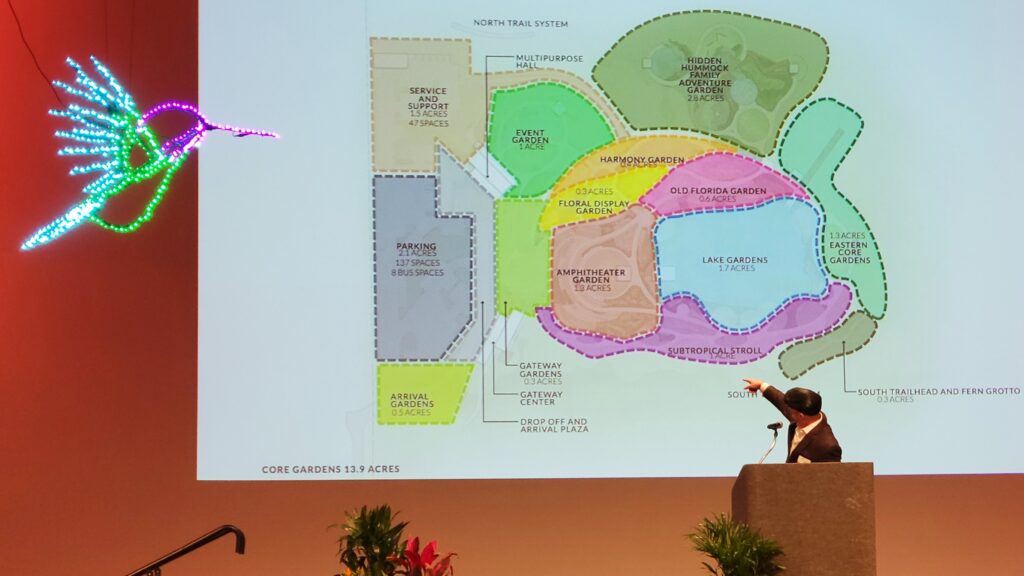
The core garden is being designed by Tres Fromme, who has crafted the shapes of botanical gardens across the country. It is a small part of the overall site, leaving 80% of the arboretum’s trails and ecosystems intact, he said.
“The idea was to create a series of very accessible gardens around the lake. You are very fortunate to have a body of water of which your entire garden can revolve,” Fromme said. “We wanted to make sure that we created a series of destinations where people would be able to come to events and programs as well as just enjoy what is going on in the area.”
Initial work on the master plan began in 2021. No cost estimate is available yet for the children’s garden until the board reviews the final schematics, Doody said. There is no firm date for completion, but the arboretum is “shooting for two to five years” depending on fundraising and construction schedules, she said.
“We will be deciding whether we will do this in phases, or will we do it all at once, so there’s more steps ahead as far as design goes,” she said.
The overall core garden design will have a dedicated entrance with a visitors center and a 2-acre event garden that “creates the kind of amenities people expect,” Fromme said.
“Building a garden design also assures that everything you build will be multifunctional and can serve multiple roles to build plant collections, create floral displays, create spaces for rest and respite, areas for informal classrooms, and rental venues to generate funds,” he said.
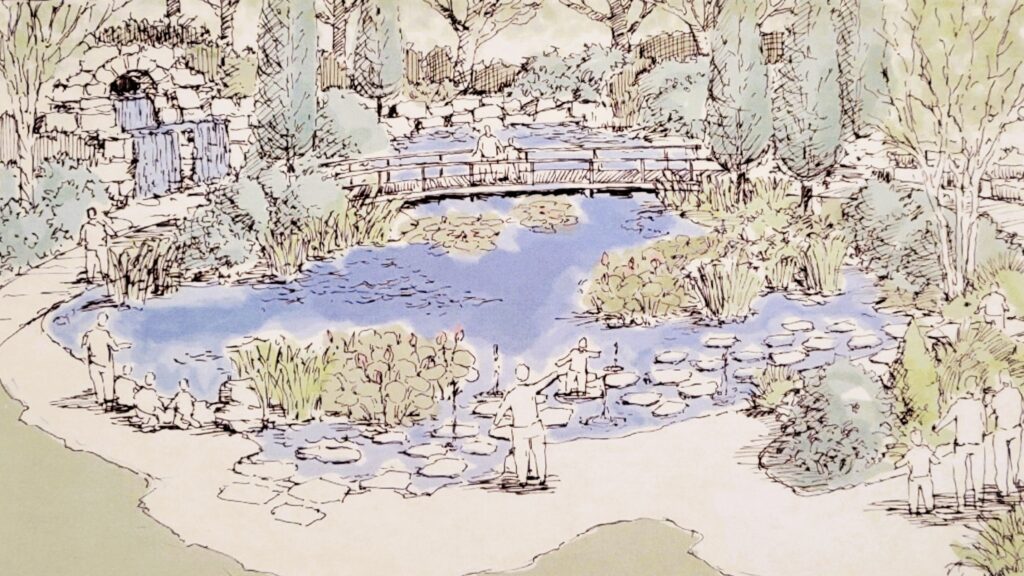
All agreed that a tree house needs to be part of the children’s garden, Doody said.
“Obviously because our focus is trees and we want to make sure we take very good care, so a tree house is a very important element,” she said. “Then we have some water elements. For our board, it’s also about education.”
Other plans for this year include adding boardwalks to the Lower Ravine Trail. The city permit has already been requested “to allow people with mobility issues to be able to get a little further into nature,” Doody said. The annual Dazzling Lights holiday show also will return with some new features, as well as ones missing last year like the snow globe, Doody said.



